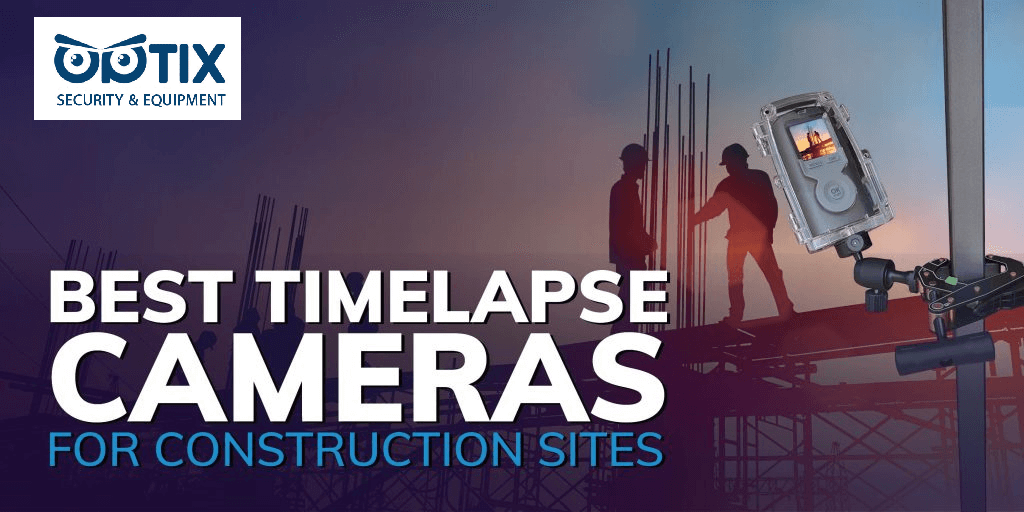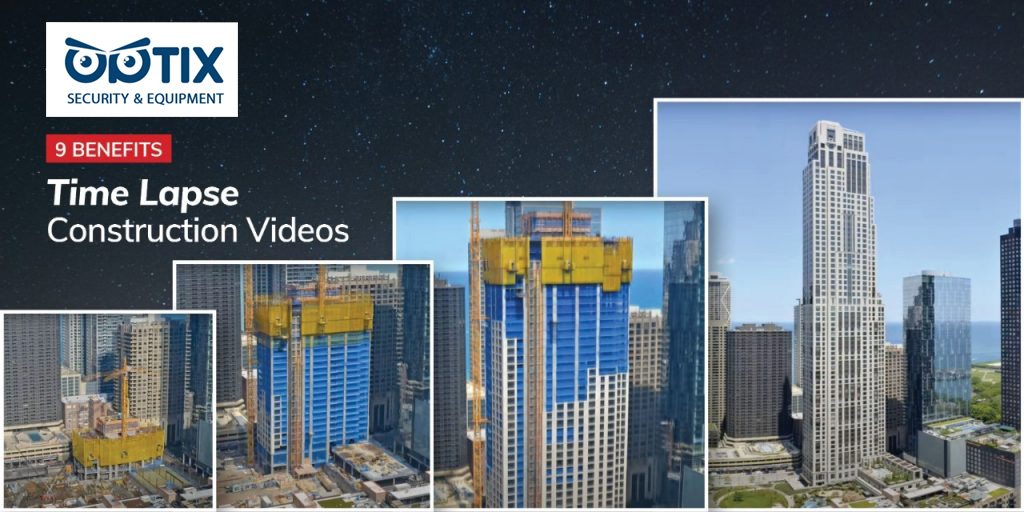To capture and record the construction process as a professional time-lapse video, adequate preparation and planning before starting filming are as crucial as the video content itself. Civil engineering and construction projects present diverse conditions and sometimes can be challenging and difficult. Therefore, it is essential to take preventive measures to address certain issues and problems before commencing the time-lapse documentation of these projects.
You may initially wonder what type of camera is suitable for the diverse and challenging conditions of civil engineering projects. To ensure peace of mind and prevent issues, we recommend Brinno time-lapse cameras. With their optimal camera features and robust housing specifically designed for them, these cameras are perfectly suited for documenting various project angles with the specific complexities of each project in mind.
In many projects, the question arises of how to set up your camera in a way that not only records the entire construction project but also captures all the details of the project’s progression.
Don’t worry; this question is likely one of the most common questions that employers face for their construction projects. It should be noted that before proceeding with recording using a camera, it is necessary to follow three basic rules to ensure flawless documentation of your project.
1: Find a suitable location to install your camera
Given that a civil project typically lasts more than a few weeks to complete, the primary and crucial priority is to find a suitable installation point for the camera. The camera should be installed in a fixed location so that it remains stable throughout the recording process and does not get jostled or moved. Generally, the higher the camera is installed, the better it can capture different angles of the project. For example, in a confined space like an underground drilling project, the main priority is to find a point with a clear field of view that encompasses everything in the appropriate frame. Remember that the location where you place the camera should be out of reach to avoid interfering with the project’s visibility.
2: Using more angles always results in better outcomes
In project documentation, two main objectives are typically pursued, which are:
- Recording the progress
- Generating content and advertising

When the goal of documentation is to record the project’s progress, the camera remains fixed in a pre-selected location from the beginning to the end of the project. However, when the purpose of project documentation is to generate content and advertising, a time-lapse video is better created, including filming from multiple angles of the project. Using only one angle in filming may not effectively showcase all project perspectives.
For this reason, combining long shots with medium and close-up views makes watching the time-lapse video much more enjoyable. In this scenario, as the project progresses, change the camera’s position to capture more angles. This practice can significantly impact the appeal of your time-lapse video.
Ultimately, if the goal of documentation is to record progress and produce content and advertising concurrently, one camera is designated to remain fixed, while one or more additional cameras (depending on the project’s size and layout) are used to capture various project angles.
3: Make sure that the camera battery’s lifespan does not interrupt the filming process
Having a battery life sufficient for the duration of the project is an important consideration that is typically taken into account at the start of work. Depending on the expected duration of your project, you can examine which Brinno time-lapse camera is suitable for covering your project based on the number of batteries they use. For this purpose, you can purchase the Brinno Bcc 2000 camera, which, with the number of batteries housed in its compartment, continues filming uninterrupted for up to 90 days, and the Brinno Bcc 300, which, with the number of batteries used, captures the project without interruption for up to 60 days.



